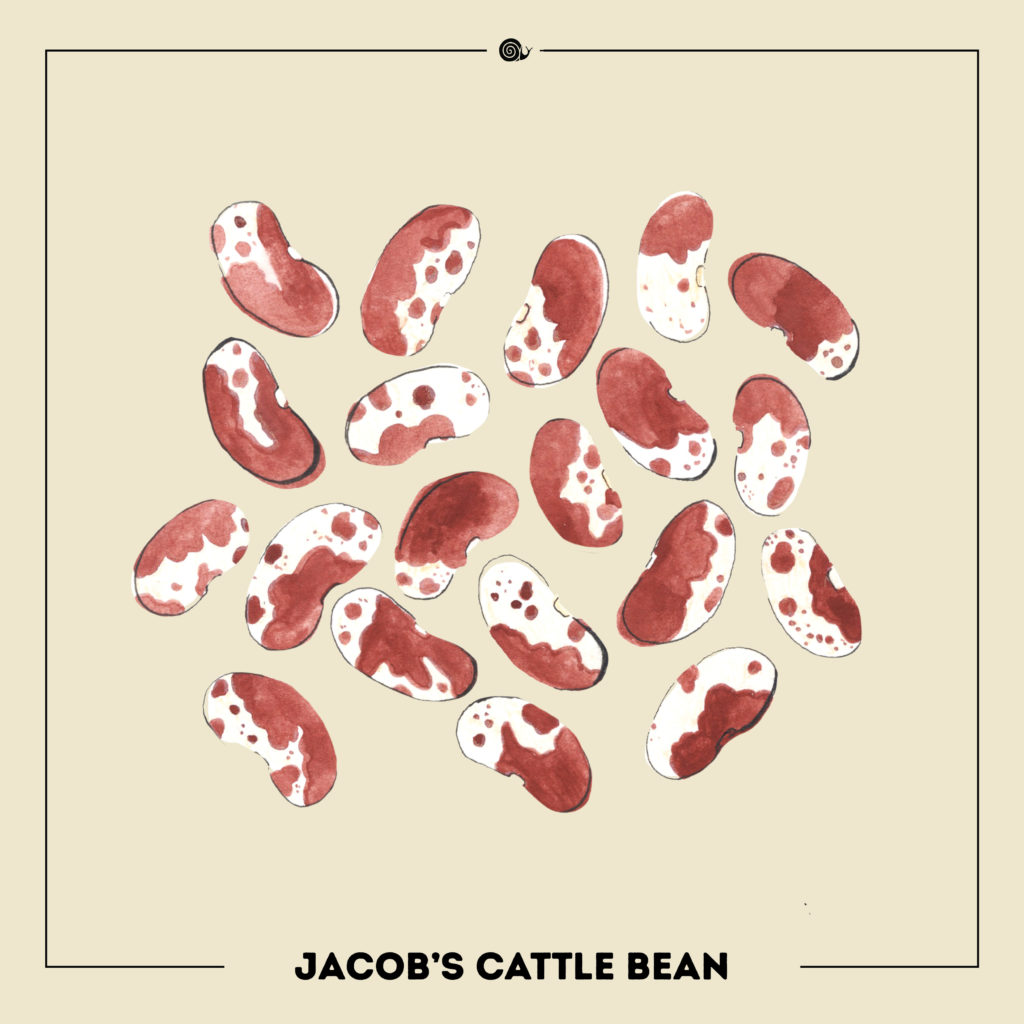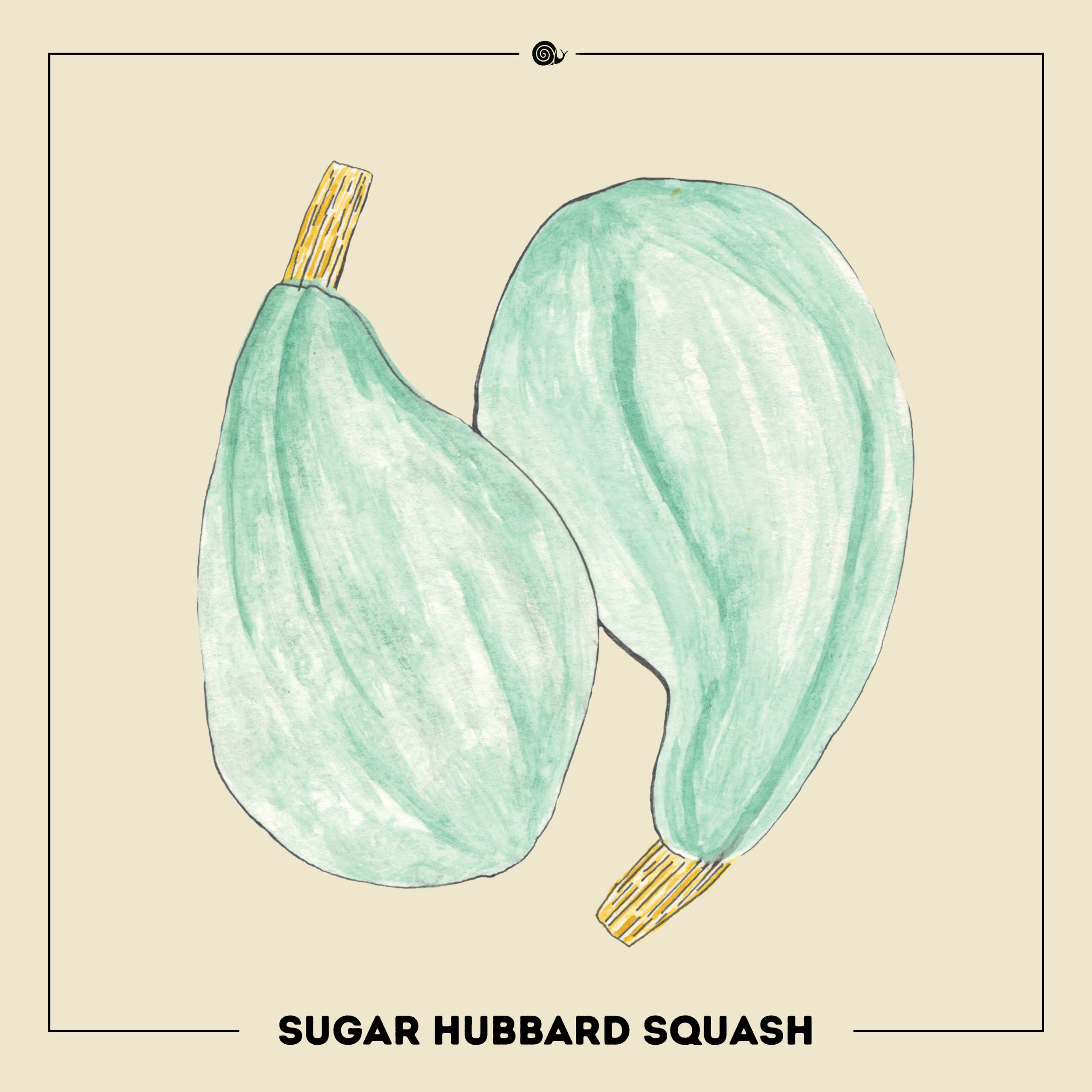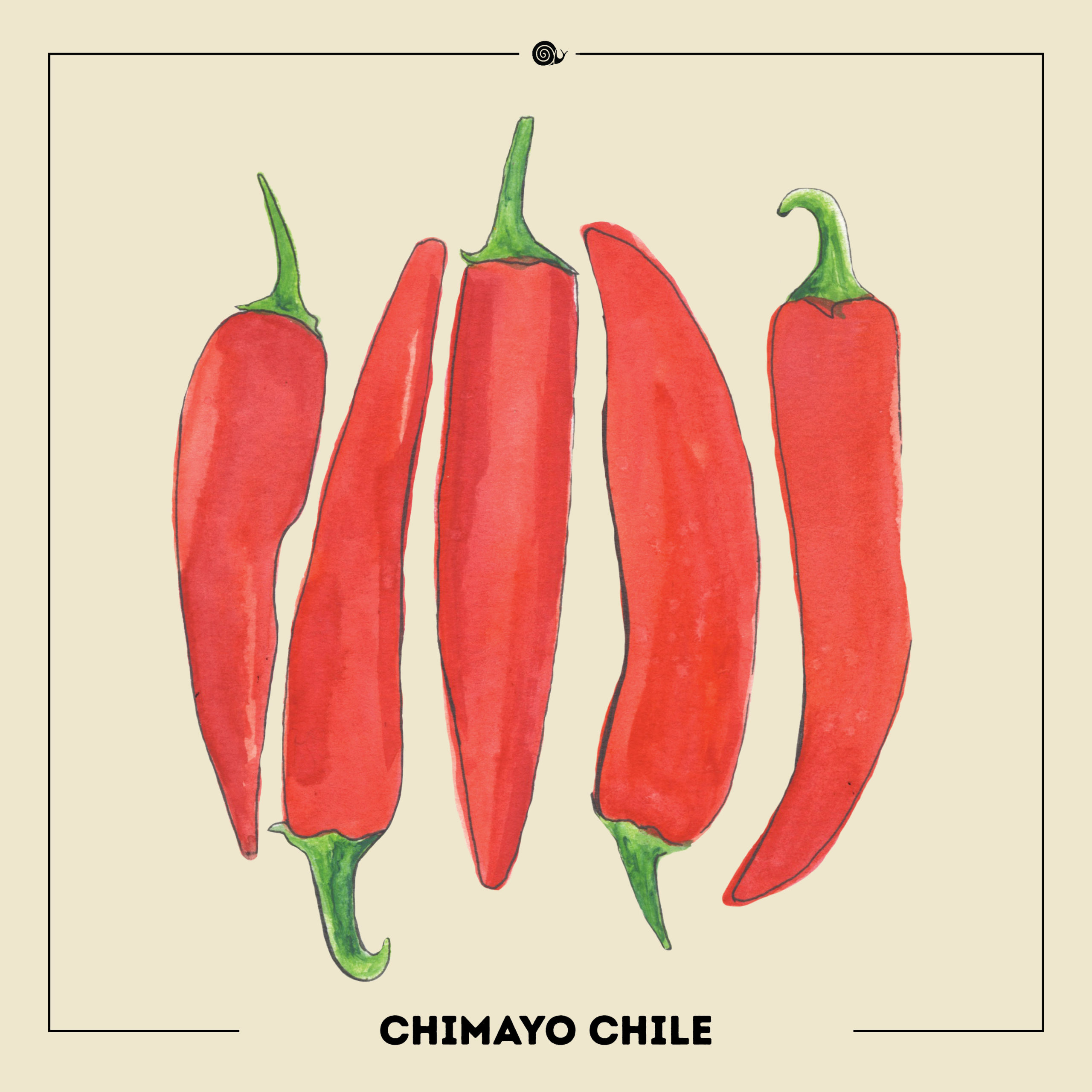Jacob’s Cattle Bean
“Shelling beans were a quintessential foundation of Native American agriculture. Jacob’s Cattle shelling beans are one of hundreds of heirloom shelling bean varieties that are native to North America, though many have disappeared from the agricultural landscape. Jacob’s Cattle shelling beans are a perfect example. They were once common and then went into obscurity as improved varieties became commonplace. The late 20th Century has brought a resurgence of heirloom beans and because of Jacob’s Cattle’s unique appearance and productive yields, it is becoming a relevant shelling bean once again.” — from Specialty Produce
 Jacob’s Cattle bean is the oldest name given to this variety, also known as the Trout or Appaloosa bean, that originates from the northeastern United States and southeastern Canada. The Passamaquoddy indigenous people of Maine were said to have given some as a gift to Joseph Clark, the first Caucasian child born in Lubec, Maine in the 1600s. Even through the late 1900s, this bean had a very local distribution limited to the northeastern United States, and particularly Maine, and Prince Edward Island, Canada.
Jacob’s Cattle bean is the oldest name given to this variety, also known as the Trout or Appaloosa bean, that originates from the northeastern United States and southeastern Canada. The Passamaquoddy indigenous people of Maine were said to have given some as a gift to Joseph Clark, the first Caucasian child born in Lubec, Maine in the 1600s. Even through the late 1900s, this bean had a very local distribution limited to the northeastern United States, and particularly Maine, and Prince Edward Island, Canada.
Jacob’s Cattle Bean is a member of the species Phaseolus vulgaris; the common bean. The common bean finds its wild origins in Mesoamerica, and was first cultivated by natives of the ancient Andes. From there, beans gained widespread traction throughout the Americas as an important source of protein and was widely disseminated among indigenous people as a part of the ‘Three Sisters’ companion planting of beans, squash, and corn.
Today, with the increased interest in heirloom varieties and culinary gems, Jacob’s Cattle Bean can be found more widely from heirloom seed supply companies and small producers, for home cultivation and cooking. Still, unusual or heirloom bean varieties like Jacob’s Cattle are still not well known by the wider American public. A lack of emphasis on the different tastes and qualities between bean varieties and the relatively low supply of rarer varieties means few consumers seek out these beans. Instead, canned versions of a few commercial types beans that do not require long soaking or cooking times, but lose their distinctive character through species selection and processing, are more common in North America.
The Jacob’s Cattle Bean is a plump kidney bean with white and reddish-brown specks, said to have earned its name from its resemblance to the spotted Hereford cattle. The beans can be harvested young and eaten when the pods are still green and the markings on the beans are only pale pink in color. They can also be harvested and dried at full maturity, after their pods have become golden yellow and too fibrous to eat. As the beans mature and dry out, the markings darken to their maroon color.
Jacob’s Cattle Bean is described as fruity, rich, and nutty. They are dense and meaty in texture, holding their shape well under long cooking times and maintaining their distinctive flavor even with heavy seasoning. For this reason, the bean is often utilized in soups and stews. This variety of bean is also renowned for its aroma that is unlocked through long cooking. The water used to soak and cook the beans—the ‘pot liquor’—is often utilized and enjoyed along with the cooked bean.
Sowing and GRowing
The Jacob’s Cattle Bean is a bush bean. You can direct sow the bean outdoors after the danger of frost has passed and the soil has warmed. Sow the beans 1″ deep and a few inches apart in rows 18-24″ apart. When your seedlings come up a few inches, thin them to 5-6″ apart.
Best practices and timing for planting any variety will depend on your growing zone and your frost dates. Put your zip code into the Farmer’s Almanac Planting Calendar to see expected frost dates for your where you live and helpful notes about planting indoors/outdoors, and when to do which one!
One Seed One Community
One Seed One Community is a community project that encourages the community to save one seed together for sharing with neighbors and seed libraries, to build diversity and adaptability in local seeds. Save a Row for Diversity is a program of dedicated gardeners saving a row of each year’s selected seed to generate more seed to donate to their local seed libraries and other community groups. Participating libraries and gardens provide the public with free packets of this seed as well as educational programs that promote growing, using, and saving seeds.
The One Seed One Community team selects heirloom from the Ark of Taste to champion biodiversity and preservation in their program. The 2020 selections are the Jacob’s Cattle Bean and the Cherokee Trail of Tears Bean. We’ve included the Jacob’s Cattle Bean in the 2020 Plant a Seed kit to champion the seed saving initiative that motivate One Seed One Community. We hope you will join us in saving your crop of Jacob’s Cattle Bean this year to share with your community!






We are small scale growers in Cornwall, England and have our first crop of Jacob’s Cattle Beans this year, (sourced from Real Seeds). We are really pleased with how well they have dried and how.beaurufil they are. Having read your article we will certainly be saving seeds to share with our community in Falmouth.
This is my first year of growing Jacob’s castle Bush beans in Devon, England. I’m so pleased with how well they’ve grown and with the harvest that I’ve had. These will be a regular in my vegetable garden from now on.
Deborah, we’re really happy to know that the Jacob’s Cattle Bean is thriving and being enjoyed in Devon, England!
That’s fantastic, Heather and Hamish. We love knowing where they’re growing, and glad to know you’ll be sharing too!
Approximately how many lbs. of beans should I expect from 49 Jacobs Cattle plants?
This will be the first year I plant Jacobs Cattle Bean. At 7000′ in the high desert, I will wait until the end of June and our monsoon rains.
I will be excited if they do well; I usually plant bolita beans, a local variety now being commercially planted in the next county.
as multi-generational bean eaters here in the smoky mountains of very east tennessee my wife and i have been growing jacobs cattle beans for quite a few years. they have become our favorite bean. we have and do eat a lot of varieties so this is saying something. with our high humidity and quite a bit of rain we sometimes have a problem with mold when trying to dry them on the vine. we have 6 -150′ rows this year so wish us luck. we spend a lot of fall evenings shelling beans.
Planted for the first time in SW MO. Early in the season but the plants have grown fast and probably the largest bush bean plants I’ve ever grown.
I made the mistake of inter planting them with some peppers, and they have way outgrown the Peppers. I’m hoping the peppers do okay.
Looking forward to trying these and sharing sees with friends and family.
In the King James Version of the Bible, in Genesis chapter 30, Jacob retains all the speckled members of the flock he is managing; while the owner, his father-in-law, keeps the solid-colored ones. Hence these speckled beans refer to that flock of livestock (KJV “cattle”).